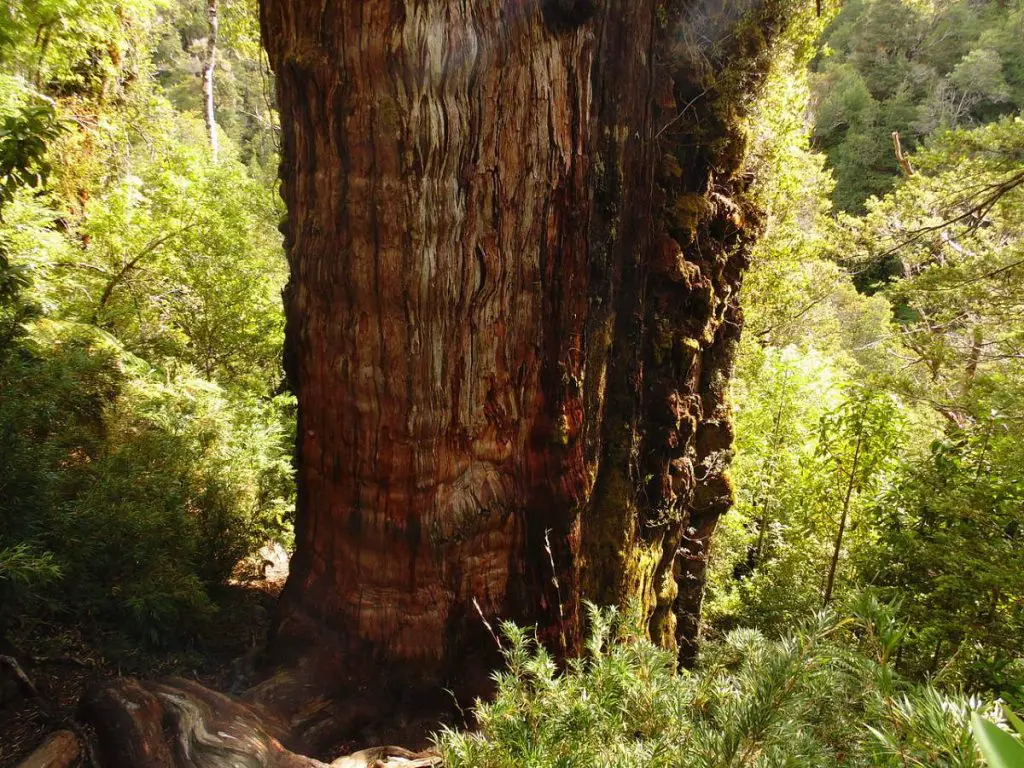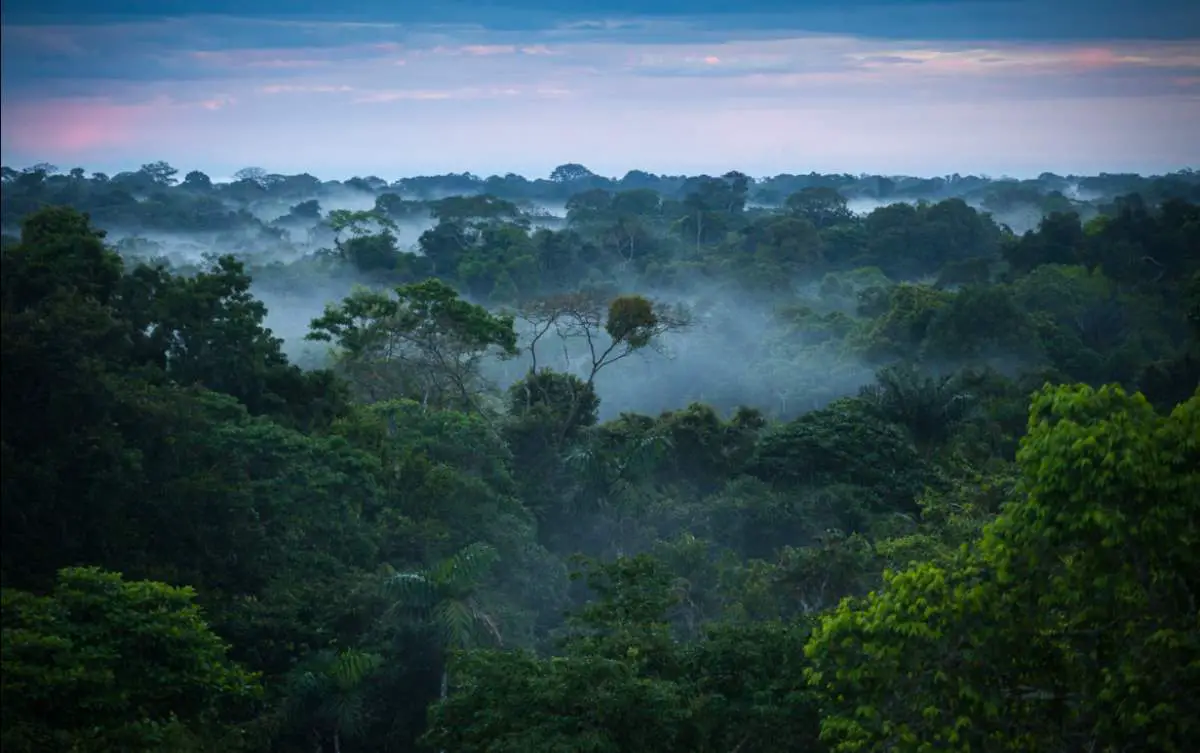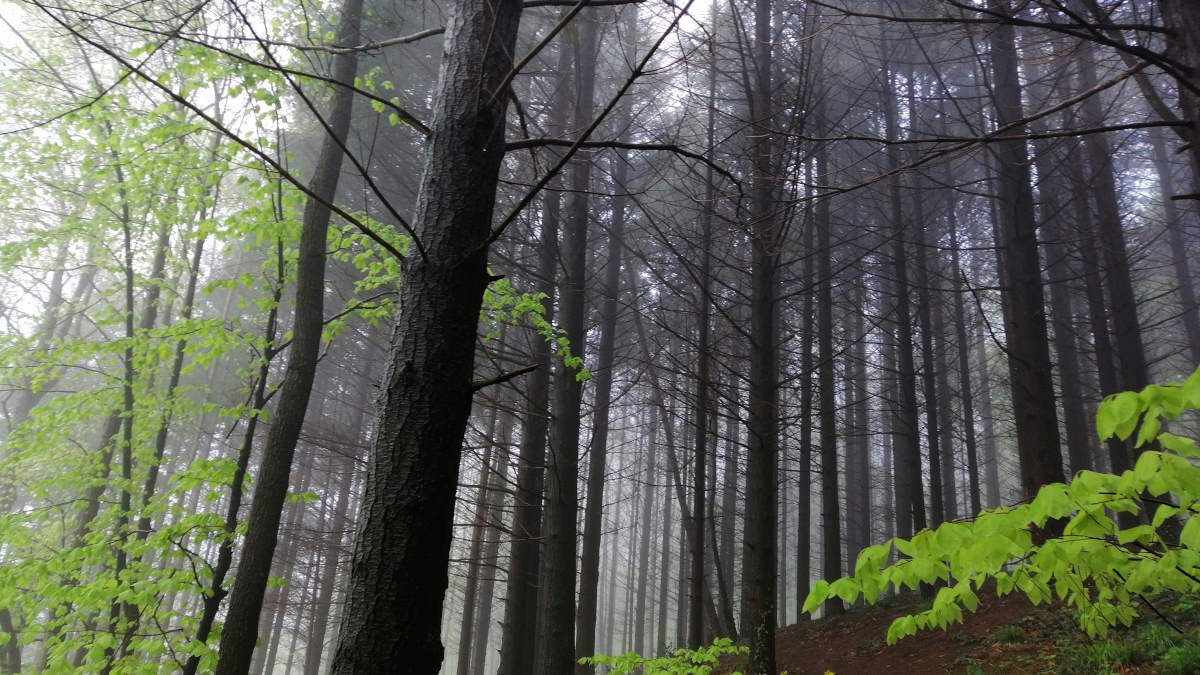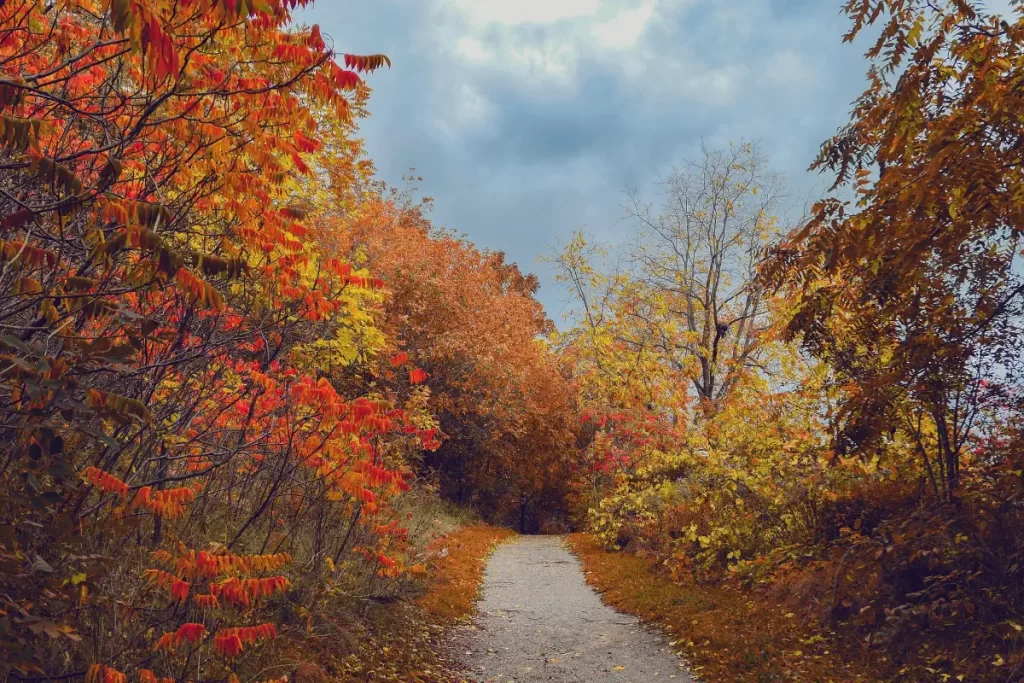Trees are among the most remarkable living organisms on Earth, silently supporting life in countless ways. From producing the oxygen we breathe to stabilizing ecosystems and providing shelter for diverse species, trees are essential to our planet’s health. But their significance goes beyond environmental benefits – trees have inspired cultures, shaped history, and even revolutionized modern science. With over 60,000 species worldwide, each with unique traits and ecological roles, trees continue to amaze us with their resilience and diversity. Here are the most amazing tree facts.
- There are over 23,000 different kinds of trees in the world.
- An average tree can absorb as much as 48 pounds of carbon dioxide per year and can sequester 1 ton of carbon dioxide by the time it reaches 40 years old.
- Tree leaves are composed of many colored pigments – green chlorophyll hides them during the spring and summer growing seasons. Shorter days and cool temperatures in the fall cause the chlorophyll to break down and the other pigments to be seen.
- Evergreen trees are green year-round because they do not lose all of their leaves in one season. Most will however lose some of their oldest leaves just before they produce new leaves in the spring. Some will lose part of their leaves in the fall.
- Tree wood is a highly organized arrangement of living, dying, and dead cells.
- Hundreds of food products (fruit, coffee, nuts, etc.) and food additives (for ice cream, chewing gum, etc.) come from trees.
- One large tree can lift up to 100 gallons of water (about 450 liters) out of the ground and discharge it into the air in a day.
- One large tree can provide a day’s supply of oxygen for up to four people.
- Each year, one person uses wood and paper products equivalent to a 100-foot (30-meter) tree 18 inches (45 cm) in diameter.
- Over 5,000 products are made from trees.
- Trees are included in most religions. Some hold certain trees sacred, others use trees to help teach beliefs. The story goes that Buddha received his enlightenment under the wisdom tree.
- Trees are the largest living organisms on earth.
- Some coastal redwoods are over 360 feet (110-meter) tall. Some swamp ash trees are almost 300 feet (92-meter) tall. Giant sequoia trees can weigh over 2000 tons (4 million pounds).
- Trees are some of the oldest living organisms on earth:
- Live oaks can live to be over 500 years
- Many giant sequoia trees are 2,500 years old
- Some bristlecone pines are thought to be over 5000 years old.

Related: 7 Oldest trees in the world
- Trees grown in city conditions often do not live as long (average 13 years less) as trees grown in their natural wooded environment.
- Trees trap more of the sun’s energy than any other group of organisms on Earth. They are in essence big batteries – the largest on earth. Only 0.1% of the sun’s energy is trapped by organisms — trees account for 50% of all energy trapped by organisms.
- Almost 98% (by weight) of a tree is made up of six elements: carbon, hydrogen, oxygen, nitrogen, phosphorus, and sulfur.
- Tree growth occurs in specialized tissues referred to as meristems. This tissue is found at the tips of leaves and shoots. Growth in diameter occurs at the vascular cambium inside the stem.
- Trees need food to grow but you can’t buy food for them. They make their own food from sunlight, water, carbon dioxide, and nutrients from the soil.
- Trees do not grow beyond their ability to support themselves. During periods of stress, they shed leaves, flowers, fruit, and/or branches.
- Trees do not restore and repair wood that is injured and infected, instead, they compartmentalize the damaged tissue. New cells are not produced to replace the damaged cells.
- A hollow in a tree is never greater than the diameter of the tree at the time it was injured. It should not spread into the new growth that occurs after the tree is injured.
- A tree branch is not actually attached to the rest of the tree. It is held in place by a series of interlocking “collars”. Collars overlap and mesh to form a tight woven pattern of tissue.
- During periods of increased or decreased temperature, cracks may develop in the tree trunk — referred to as frost cracks and sun cracks. Both can lead to decay.
- Each year trees produce an increment of new growth that covers growth from the previous year.
- The age of a tree can be determined by the number of growth rings. The size of the growth ring is determined in part by environmental conditions – temperature, and water availability.
- Tree trunk cells produced in the spring are larger, have thinner walls, and are lighter in color than cells produced in the summer.
- The bark is the protective covering of a tree. The outer bark is composed of dead cells. The bark will often split as the trunk diameter increases.
- Different parts of the tree grow at different times of the year. A typical pattern is for most of the foliage growth to occur in the spring, followed by trunk growth in the summer and root growth in the fall and winter. Not all trees follow the same pattern.
- Most trees do not have a tap root.
- Tree roots do not grow very deep. Most tree roots are in the top 12 inches (30 cm) of soil.
- Tree roots often extend two to three times the width of the tree.
- Roots do not have green chlorophyll.
- Roots store more starch than the trunk.
- Roots do not have a central pith (soft central tissue) while the trunk does.
- The majority of tree roots are non-woody. These root hairs grow within days of when water, temperature, and nutrients are available to promote growth. These non-woody roots only live for a few weeks.
- Non-woody tree roots can grow almost any time the soil is not frozen.
- Almost all trees produce flowers – some are very showy. Trees that depend on the wind for pollination have non-showy flowers. Often their flowers are muted shades of green or yellowish-green.
- Trees can be classified as gymnosperms or angiosperms. Gymnosperms produce their seeds on the surface or tips of an appendage such as a pine cone. Angiosperms produce their seeds inside a fruit such as an acorn.
- Most trees are grown from seeds. This leads to variability in the age at which they flower, the amount of flowers produced, and the intensity of fall color. Ideally, the trees you plant would be grown from seeds collected in a similar climate. Seeds collected in areas with significantly different temperatures will have a different cold and heat tolerance.
- Most tree seeds require two growing seasons to germinate. Some tree species require a period of cold weather and others will not germinate for several years.

Sources
- NC State University website
- Tree Facts: 42 amazing things about trees - February 8, 2022
- Importance of Microbial Contamination Analysis of Fresh Produce - December 16, 2021
- 7 Reasons Why Dinosaurs Continue Fascinating Humans - December 11, 2021


